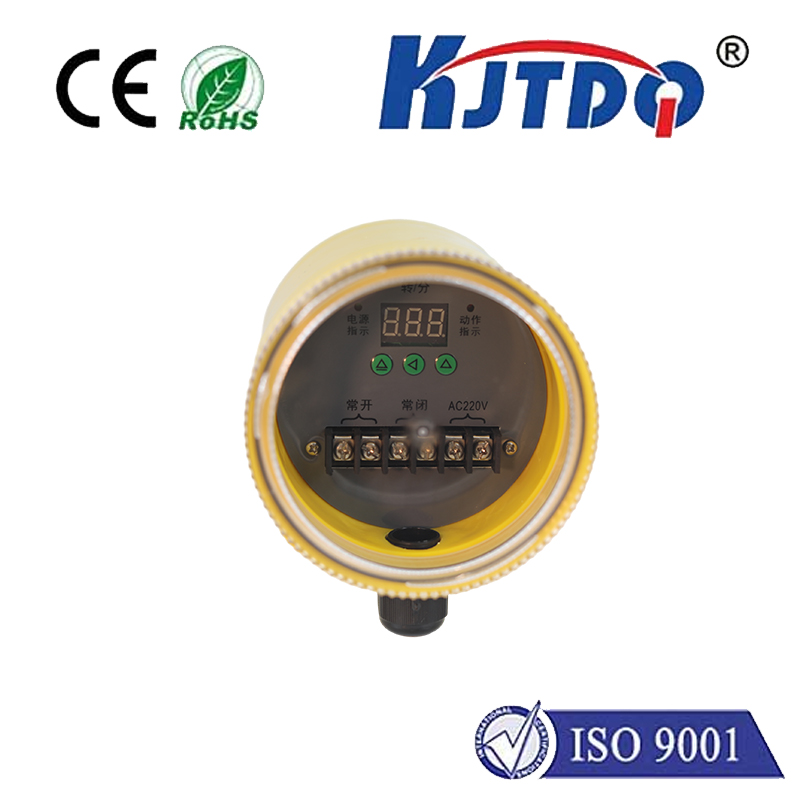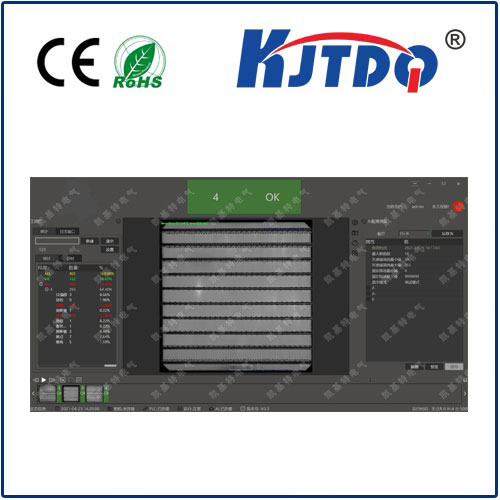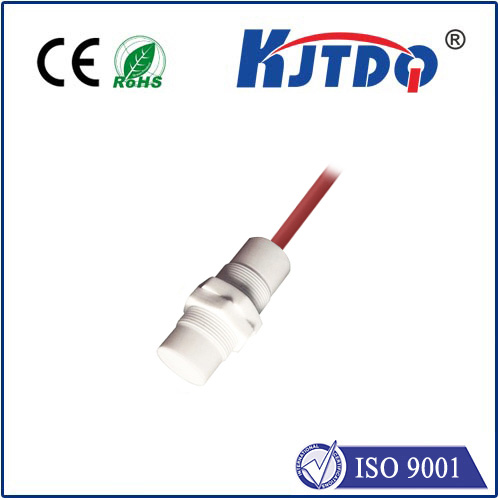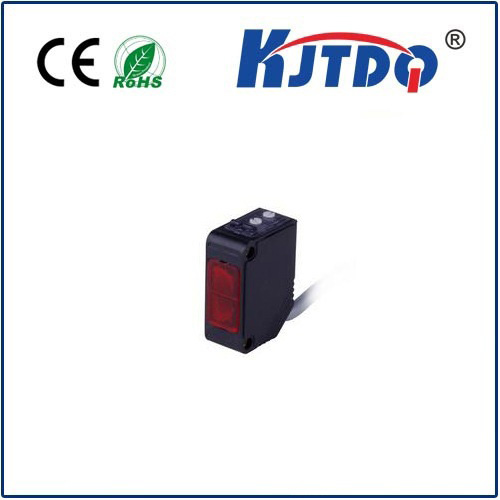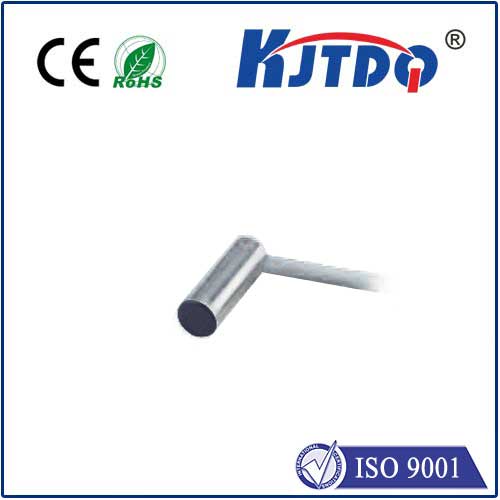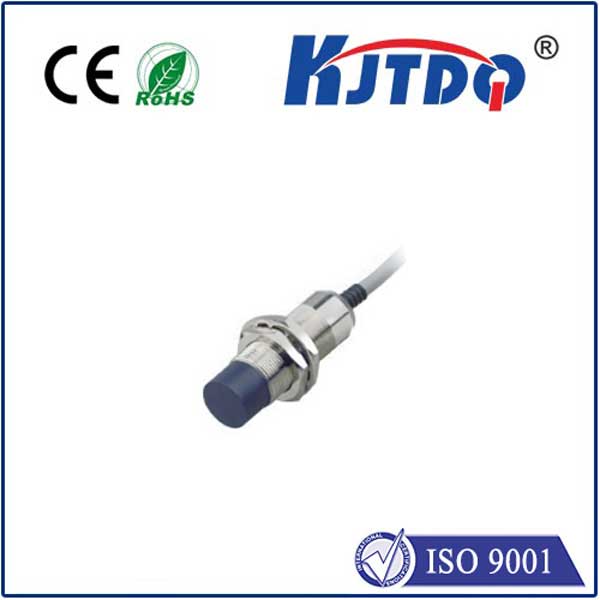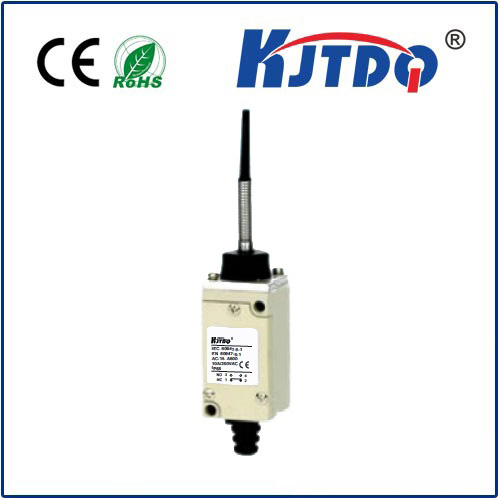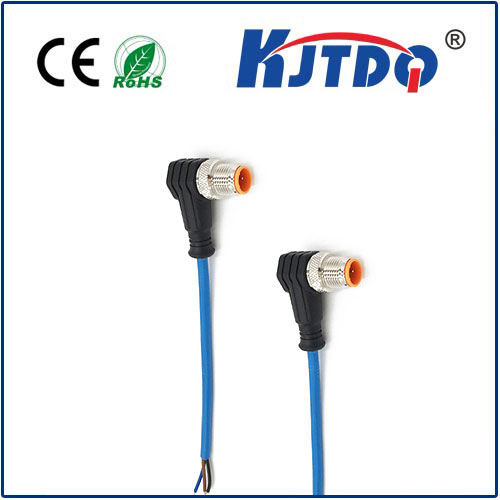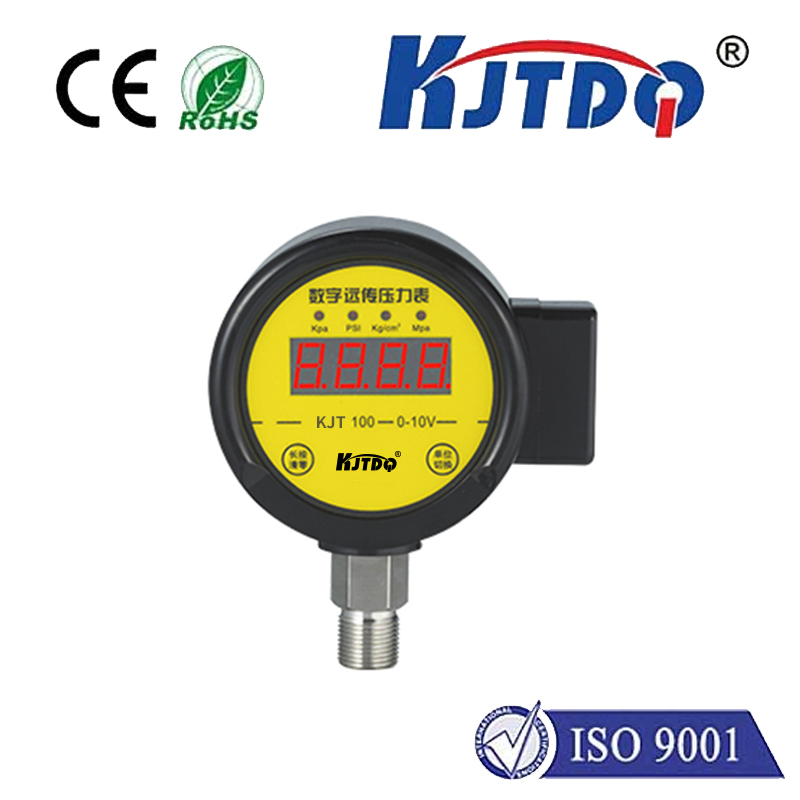
check

check

check

check
High temperature limit switches are essential components in a variety of industrial applications, where they serve as a critical safety measure. These switches are designed to monitor and control the temperature of machinery or equipment, ensuring it does not exceed safe limits and cause damage or hazards. In this article, we will delve into the workings, benefits, and applications of high temperature limit switches, providing a comprehensive understanding of their role and significance.
The Workings of a High Temperature Limit Switch
A high-temperature limit switch operates on the principle of thermal expansion and contraction. It consists of a temperature-sensitive element, typically a bimetallic strip or a filled thermostat bulb, that reacts to changes in temperature. As the temperature rises and approaches the preset limit, the element expands, activating a mechanism that opens or closes an electrical circuit. This action either cuts power to the system or triggers an alarm, preventing potential overheating scenarios.
Advantages of High Temperature Limit Switches
High temperature limit switches offer numerous advantages. First and foremost, they provide protection against thermal overload, reducing the risk of fire or equipment failure. They also contribute to energy efficiency by automatically adjusting or shutting down systems when not in use or when temperatures reach unsafe levels. Furthermore, these switches extend the lifespan of machinery by preventing overheating, which can degrade mechanical components over time.

Applications of High Temperature Limit Switches
Due to their reliability and effectiveness, high-temperature limit switches find widespread use across various industries. Some common applications include:
1. Heating Systems: In boilers, furnaces, and heat exchangers, limit switches prevent overheating and ensure proper functioning.
2. Manufacturing Processes: In industrial machinery such as ovens and kilns, they monitor temperature to maintain product quality and safety.
3. Refrigeration and Cooling Systems: They safeguard against overheating of compressors and other components.
4. Electrical Systems: In motor control centers and transformers, limit switches protect against thermal overloads.
5. Aerospace and Defense: In aircraft and military equipment, they play a crucial role in managing temperature for operational integrity.
Installing and Maintaining High Temperature Limit Switches
Proper installation is paramount for the effective operation of a high-temperature limit switch. It should be positioned in a location that accurately represents the temperature being monitored and must be wired correctly into the electrical system. Regular maintenance checks are also important to verify that the switch is functioning accurately and to prevent any false readings or failures.
Conclusion
High temperature limit switches are vital devices that help maintain safety and efficiency in a wide range of environments. By automatically controlling temperature levels, they guard against overheating and possible damage to equipment or risk to human safety. With appropriate selection, installation, and care, these switches can significantly enhance the performance and longevity of industrial systems while mitigating risks associated with excessive temperatures.

